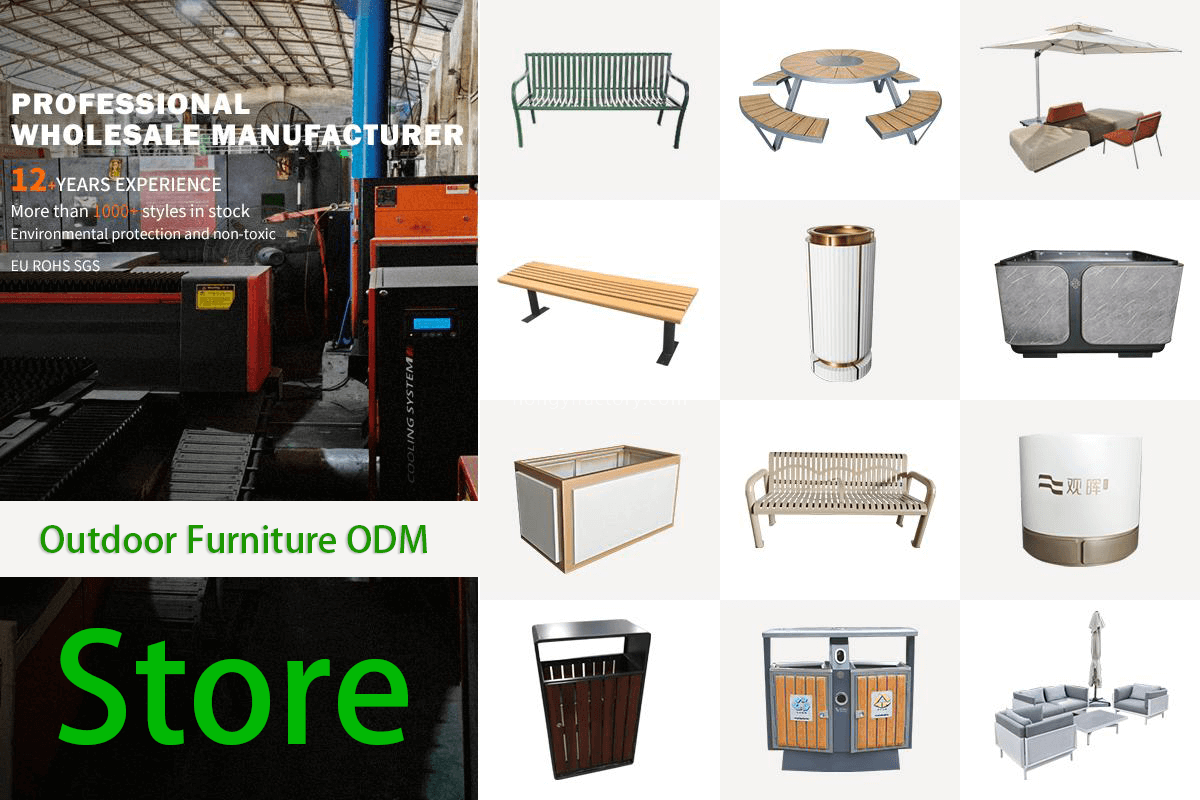Often overlooked as mere functional objects, park benches are in fact crucial actors in the narrative of temporary art exhibits. They are not passive backdrops but active interfaces that shape the visitor's experience. A strategically placed bench can dictate the sightlines to a sculpture, framing it perfectly against the sky or foliage. It can become an impromptu gathering point for discussion, turning individual observation into a shared social event. The materiality of the bench itself—whether weathered wood, cool metal, or smooth concrete—creates a tactile dialogue with the artwork, contrasting or complementing its texture.
In many exhibits, the bench transitions from a viewing platform to an integral part of the artwork. An artist might paint a bench in vibrant patterns, making it a canvas that challenges the boundary between art and utility. Another might arrange multiple benches in a specific formation, forcing visitors to navigate the space in a new way and perceive the surrounding art from unconventional angles. This interaction transforms the bench from a place of rest into a conceptual object, prompting questions about function, design, and public space.
Ultimately, the humble park bench acts as a mediator. It provides the physical and mental pause necessary for deeper contemplation. By offering a stationary vantage point, it encourages visitors to slow down, stay longer, and engage more profoundly with the temporary art, fostering a richer connection between the community and the creative interventions in their shared environment.


